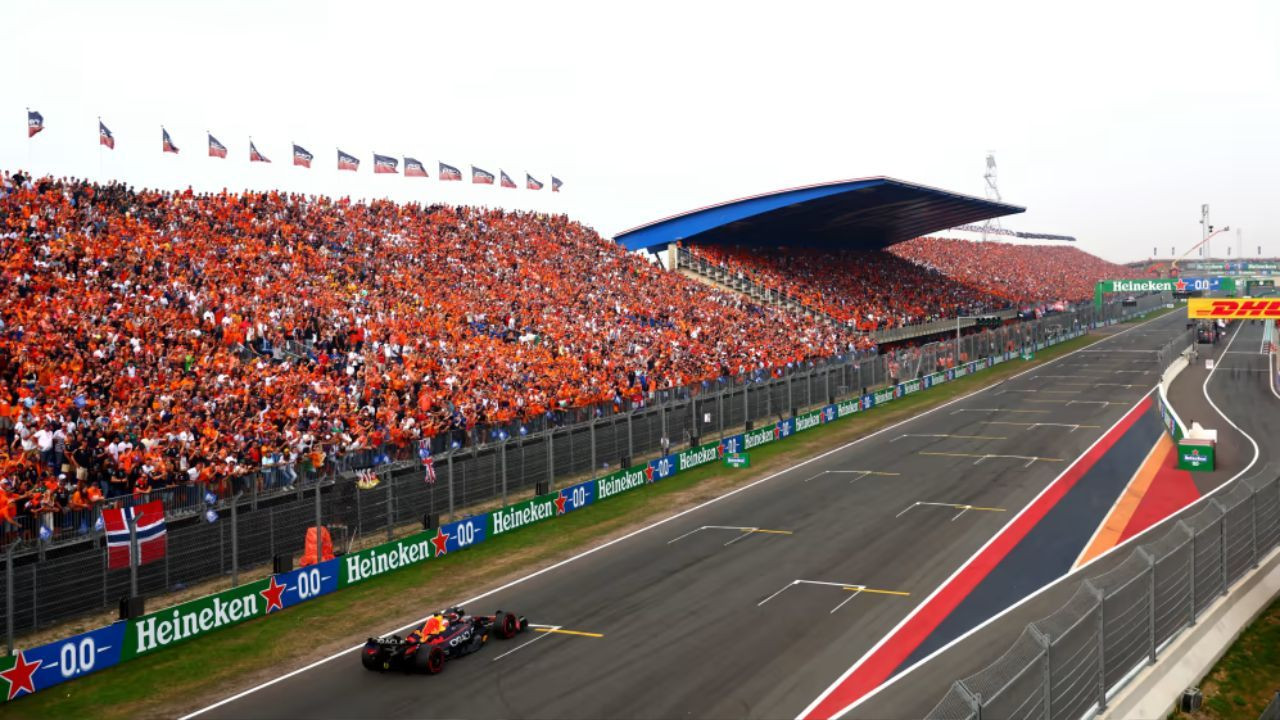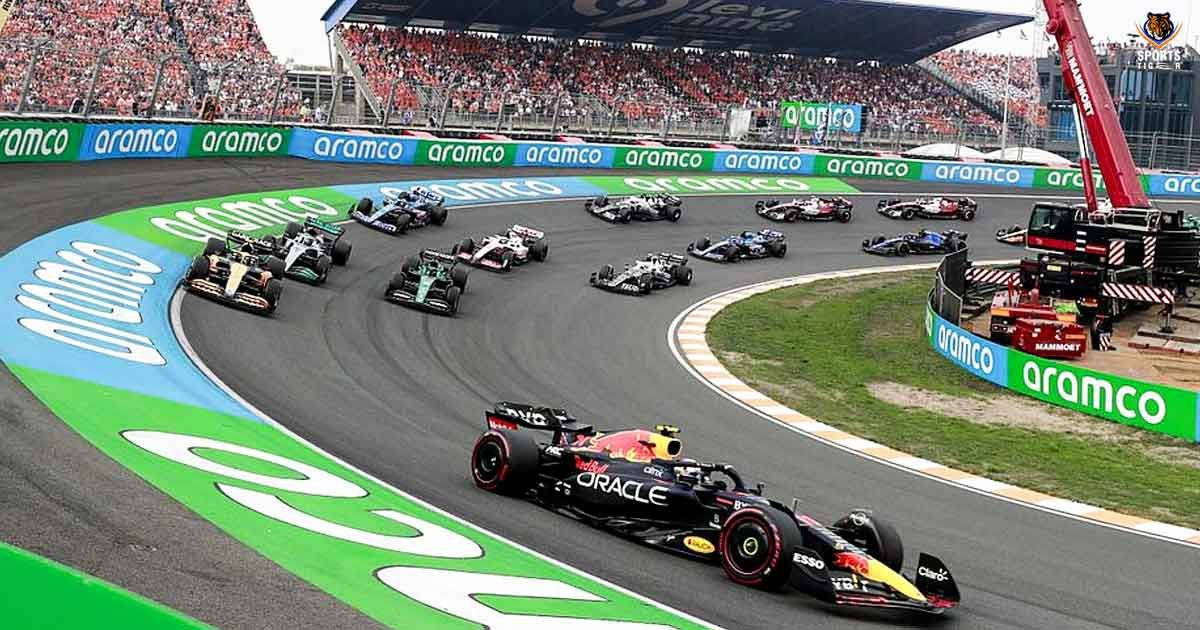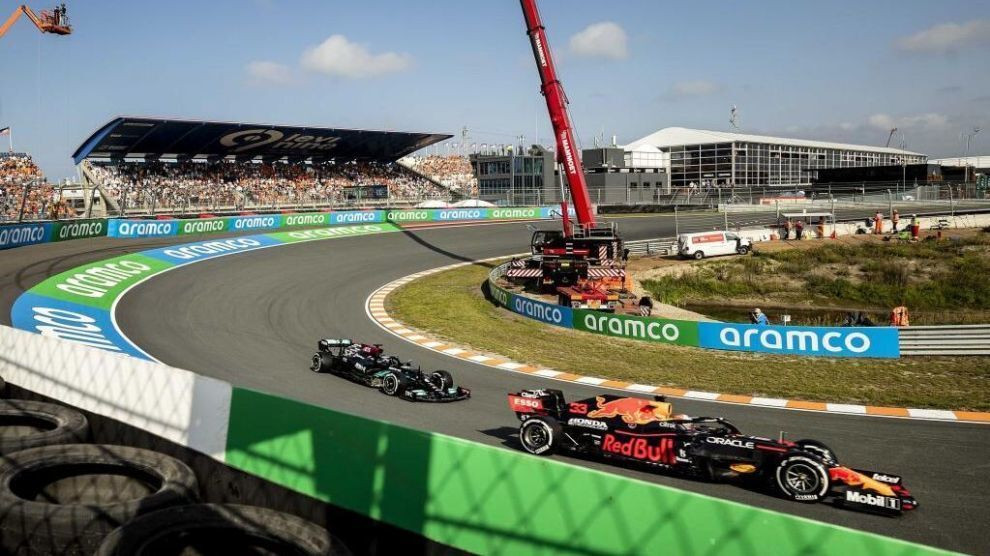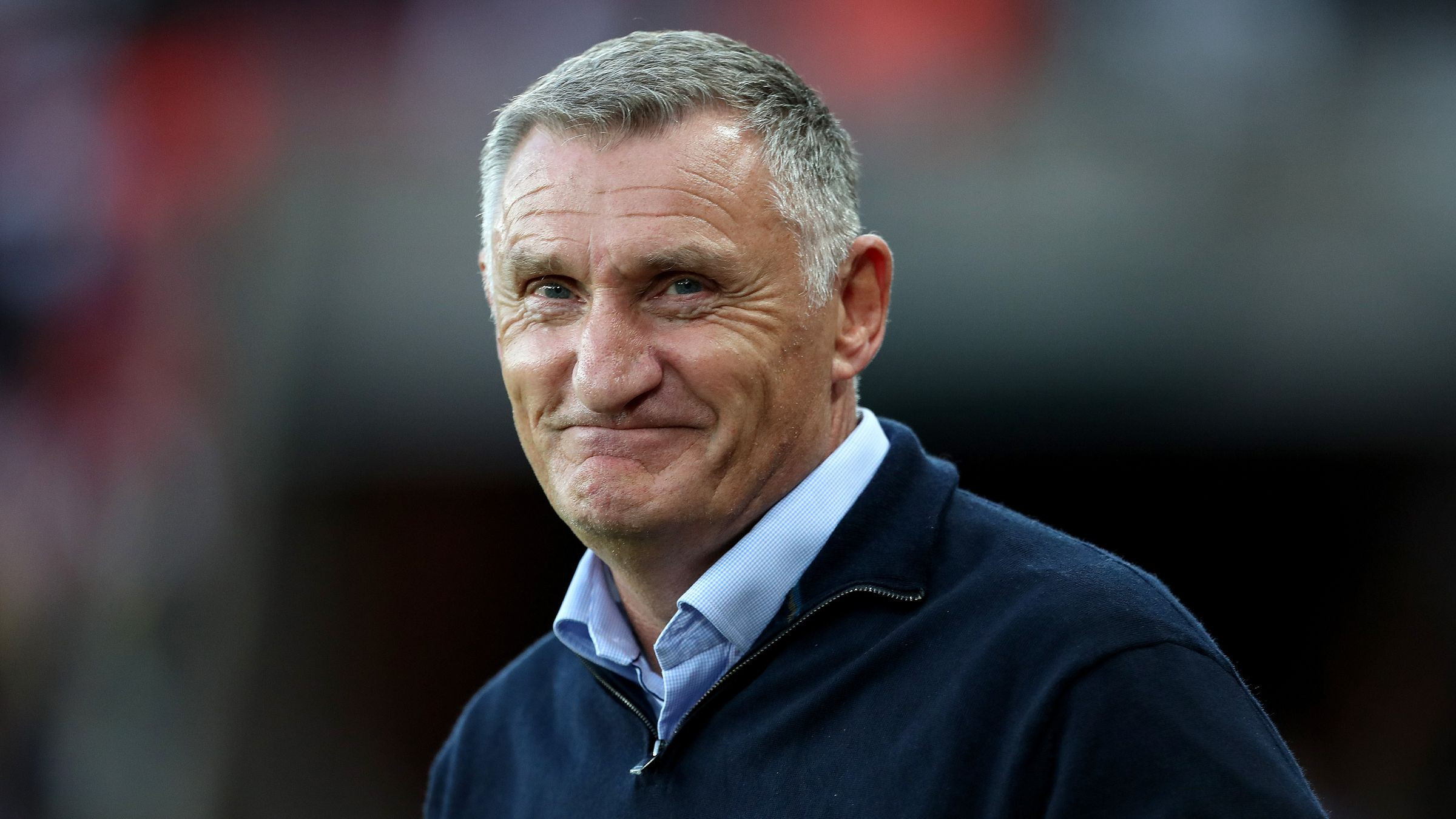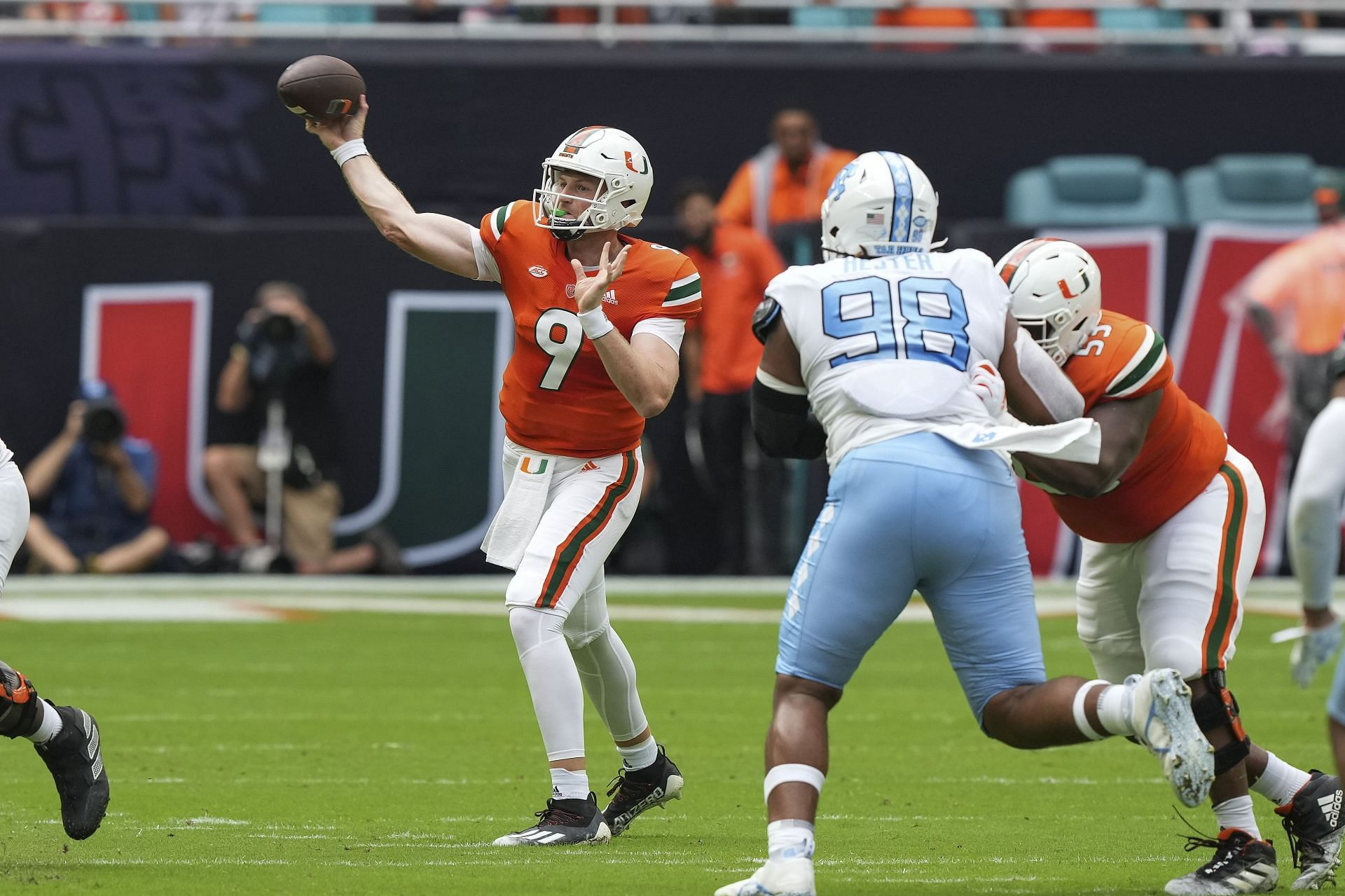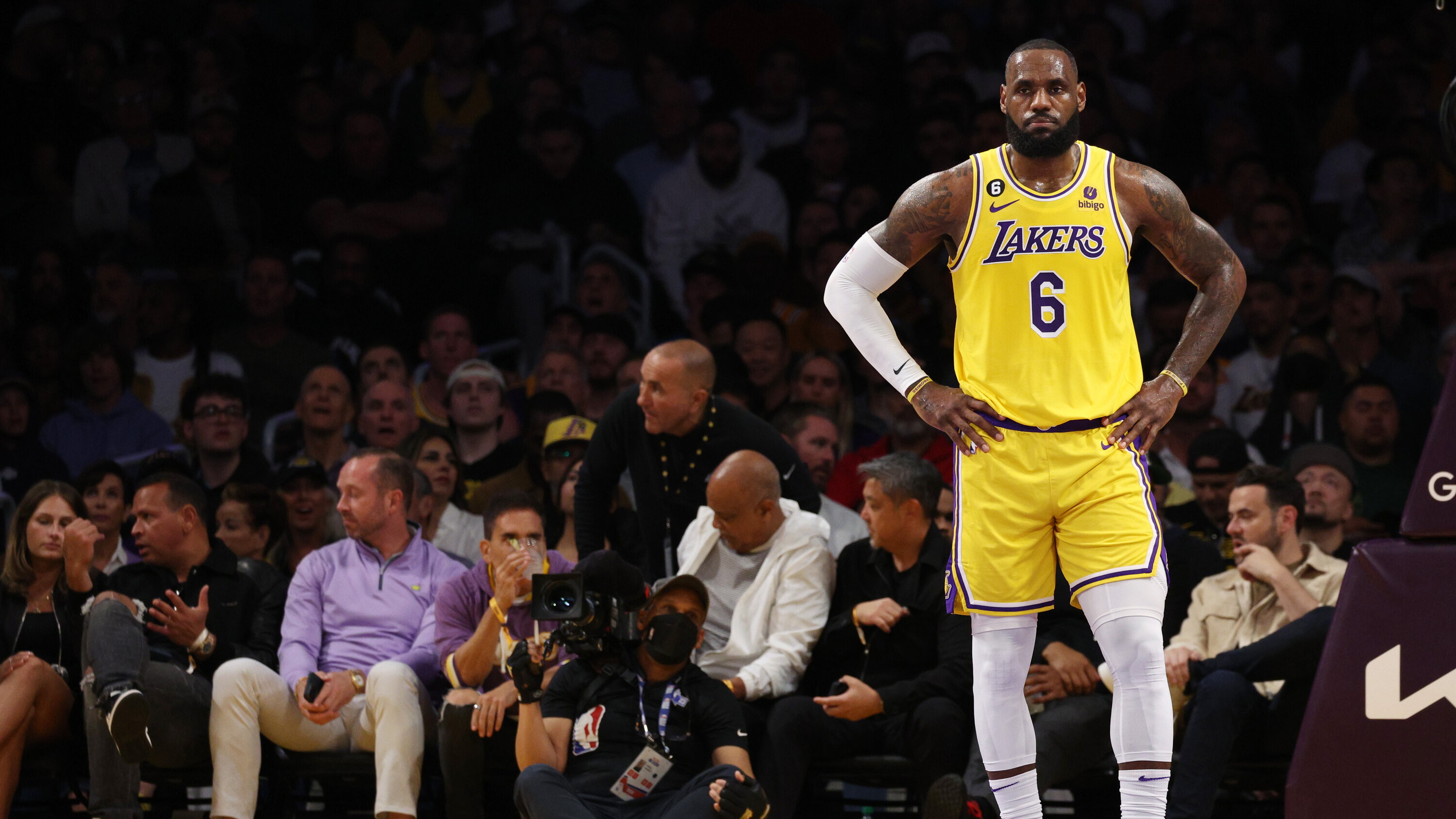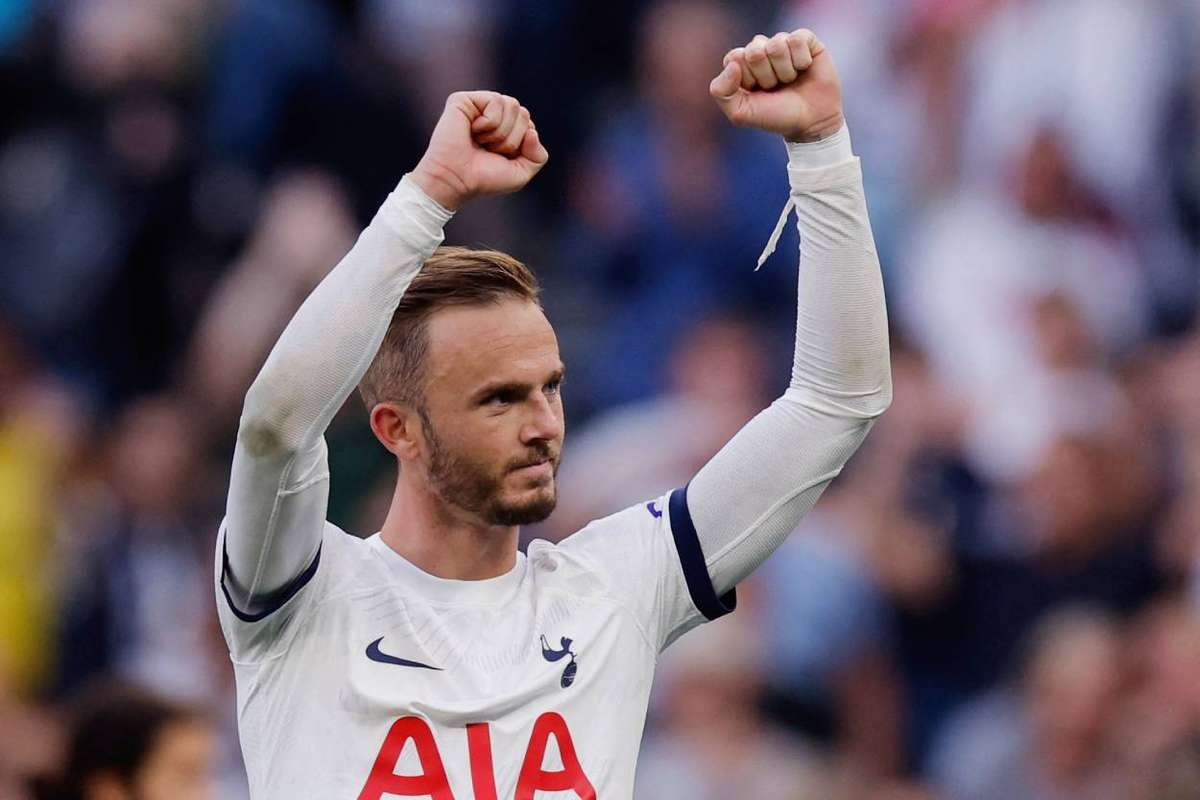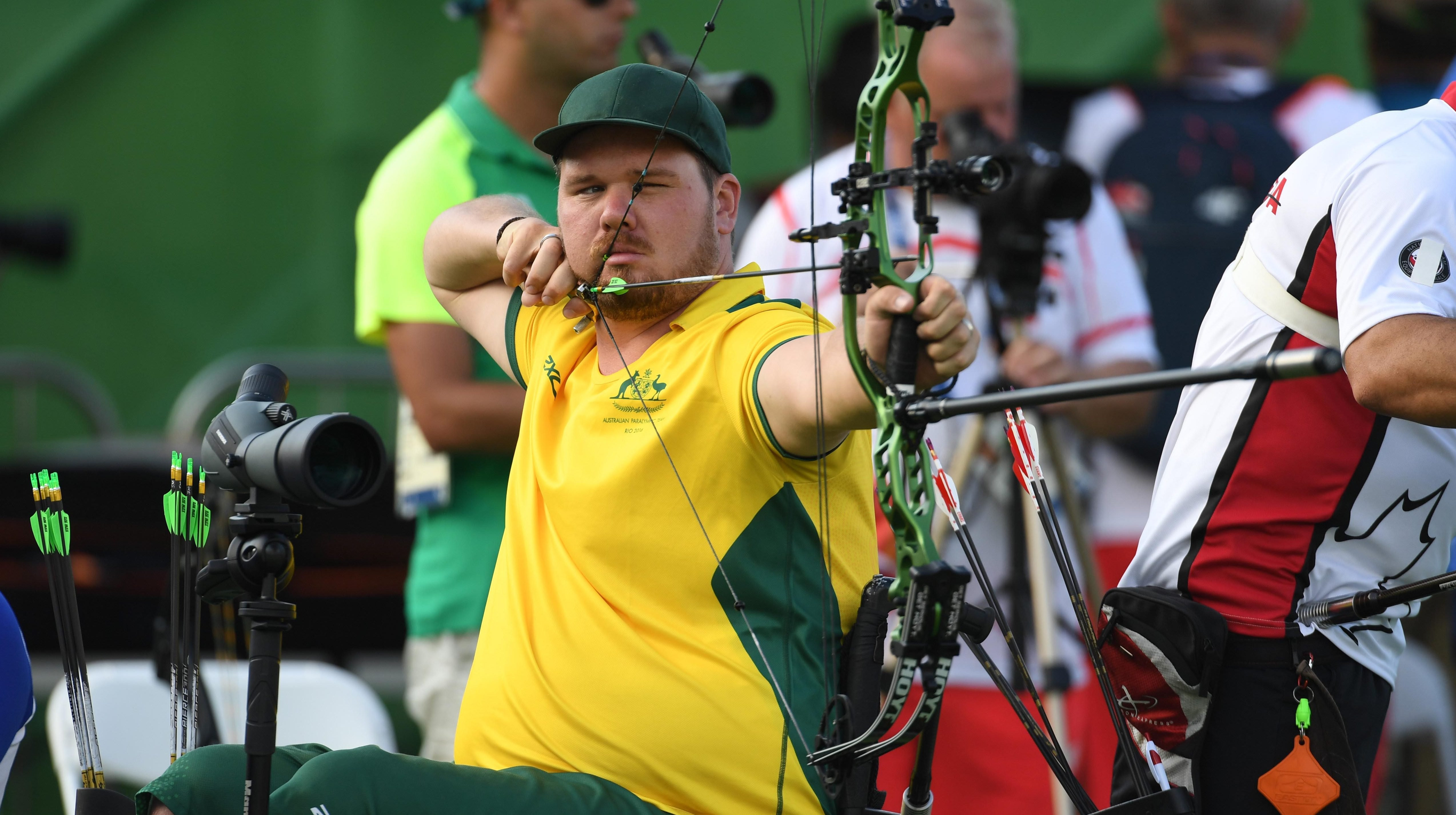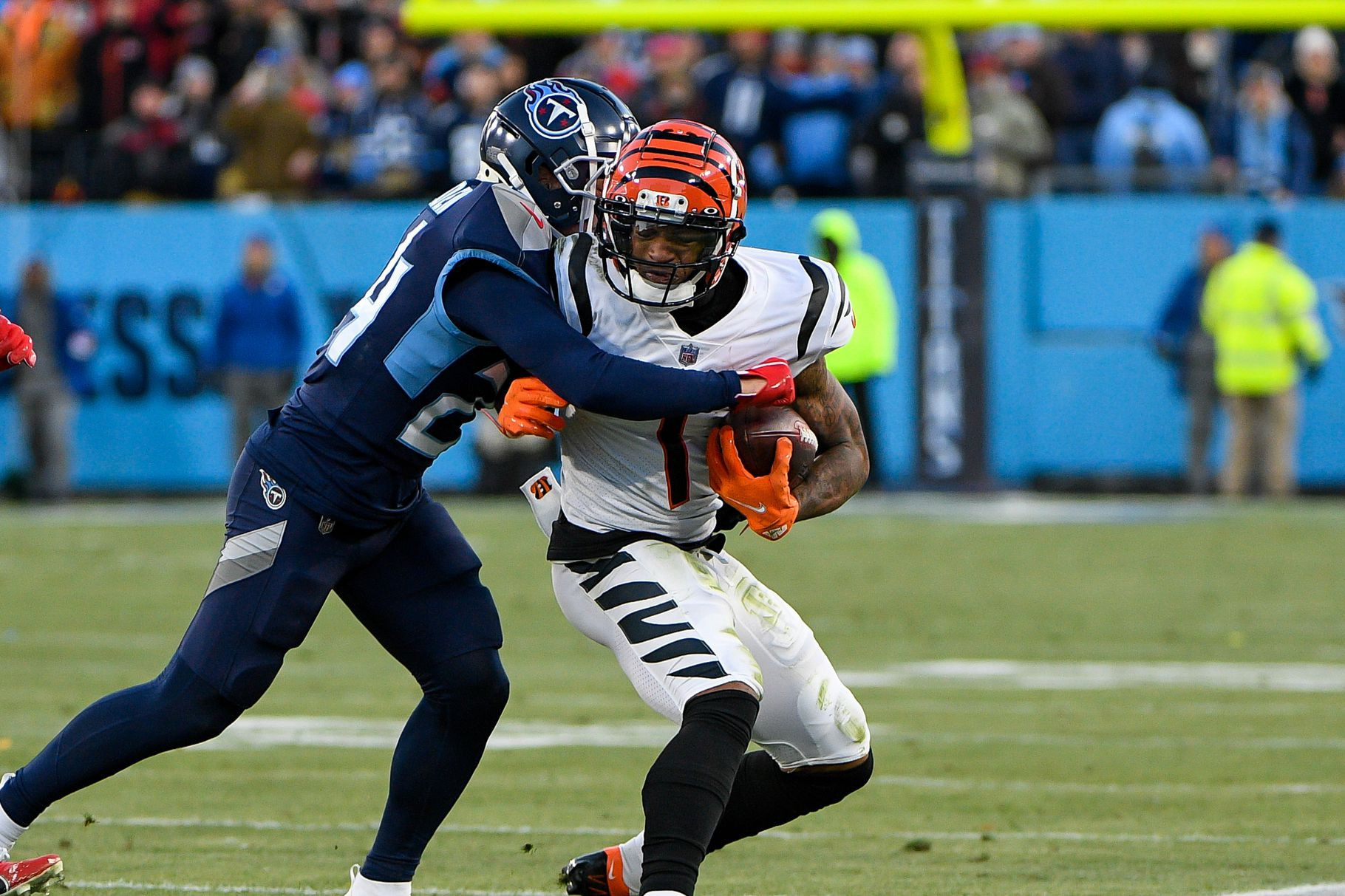This week, the Formula 1 grid is making its big return for the Dutch Grand Prix. A favorite circuit of last year's winner, Max Verstappen, it could be the penultimate edition at Zandvoort. After many years of absence, it could once again leave the calendar after 2025.
The Dutch Grand Prix at Zandvoort faces uncertainty as F1 Management (FOM) considers a rotation system for certain European races from 2026 onwards. The circuit’s boss, Robert van Overdijk, has confirmed that while discussions are ongoing, no agreements have been finalized regarding alternating races with Spa-Francorchamps. The current contract with F1 expires after the 2025 race, with van Overdijk stressing the precarious nature of future commitments. Despite the challenges, the Dutch GP has garnered attention for its fan experiences and sustainability practices, attracting numerous race promoters to this year's event.
The circuit's reputation on the calendar is largely due to Max Verstappen, considered a national hero. Widely popularized by national hero Max Verstappen, Zandvoort welcomed F1 back in 2021 after a 36-year absence. The return of the circuit was made possible largely thanks to the popularity of Max Verstappen. His successes in Formula 1 have brought back interest in the sport in the Netherlands, and fans have strongly insisted on a place in the calendar. Since then, Max Verstappen has retained his title as winner. After three consecutive races, and two more in 2024 and 2025, the Grand Prix may say goodbye again.
The current layout of the track, as it is known today, was set up in 1999 when the circuit had been off the calendar for many years. Now, the circuit is a mix of long straights and fast corners and has nothing to do with the circuit where the greatest champions raced. The first half of the track retains most of the historic corners from the 1948 circuit, while the second half has been heavily modified to turn inland. The last corner stands out as the most feared corner by the drivers.
Zandvoort circuit has been hosting legends of motorsport since 1952. With big names like Alain Prost, Niki Lauda, and Jackie Stewart, Zandvoort is one of those tracks that are as historical as they are modern. Nestled in the dunes by the North Sea, it has undergone several renovations to meet Formula 1 standards. In 2021, after an absence of 36 years, Formula 1 finally made its return to the Netherlands. This was the opportunity for Max Verstappen to set the fastest time in qualifications with a time of 1:08.885. The same year, Lewis Hamilton clocked the fastest time in the race in 1:11.097. It took nearly four decades for Zandvoort to finally be modernized and regain its place in the world of Formula 1. Due to the condition of the track, sand, and poor water drainage, it had disappeared in 1985. Now, even though it is appreciated by fans, it is nevertheless assured of keeping its place on the calendar.
Despite modernization, Zandvoort remains a technical circuit that challenges both cars and drivers. The variety of corners requires constant focus from the drivers, a rarity in a layout where overtaking opportunities are limited. In addition to these technical challenges, teams will also have to deal with the weather conditions at Zandvoort. The wind that brings strong gusts, combined with the sand from the dunes, can make the track particularly slippery. Almost every year, the Zandvoort Grand Prix experiences at least one safety car intervention. Therefore, it is expected to see it again this weekend.
While there are concerns about the future format of the Dutch GP, the race's popularity and successful fan engagement strategies may strengthen its case for continued inclusion in the F1 calendar. There is skepticism about how a rotation system could impact attendance and sponsorships.
The Dutch infrastructure is struggling to make ends meet. And while the circuit is very popular, the pressure from local businesses and the increase in VAT could prevent the signing of a new contract in 2025. Today, Zandvoort has once again become a must-see stage of the world championship. The layout of the circuit is very demanding, with many fast turns. It's a real pleasure to drive here and it was great to be the first to drive an F1 car on the new Zandvoort circuit,” Max Verstappen said a few years ago.
The history of Zandvoort began in 1948, at a time when Europe, just out of the Second World War, was celebrating its return to normalcy. Inaugurated the same year as Silverstone, the circuit hosted some of the greatest events in motorsport. However, the circuit was removed from the Formula 1 calendar after the 1985 season. The tragic death of British driver Roger Williamson particularly tarnished the circuit's reputation.
Looking ahead, the future of the Dutch GP will hinge on negotiations with FOM and its ability to advocate for its importance in the F1 landscape. The outcome of the 2024 race may influence decisions regarding its continuation beyond 2025.
The Dutch GP's future hangs in the balance as F1 explores new race structures, yet its commitment to innovation and fan engagement positions it favorably in the evolving Formula 1 landscape. The ability to adapt and maintain popularity will be crucial for survival beyond 2025.




